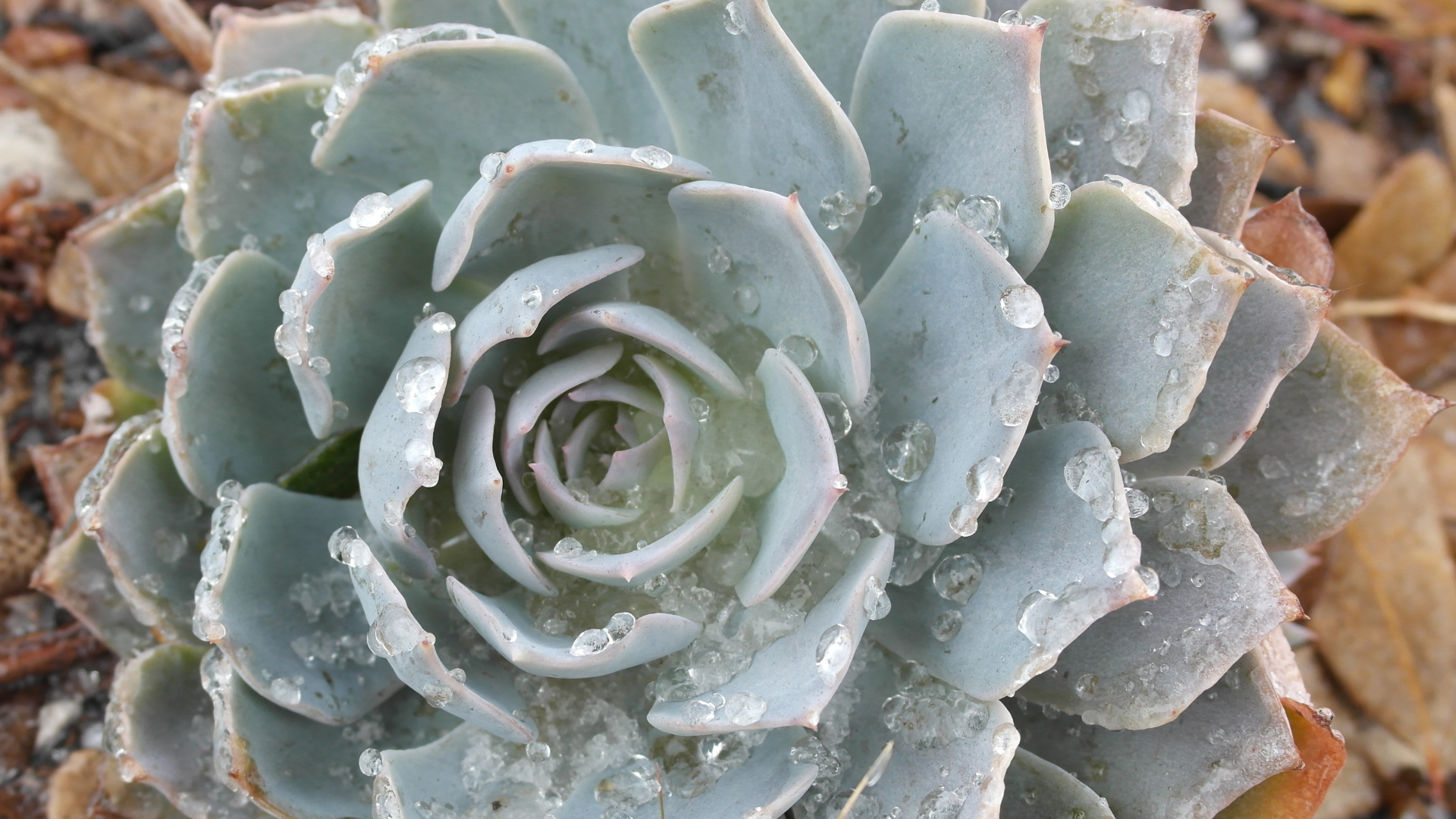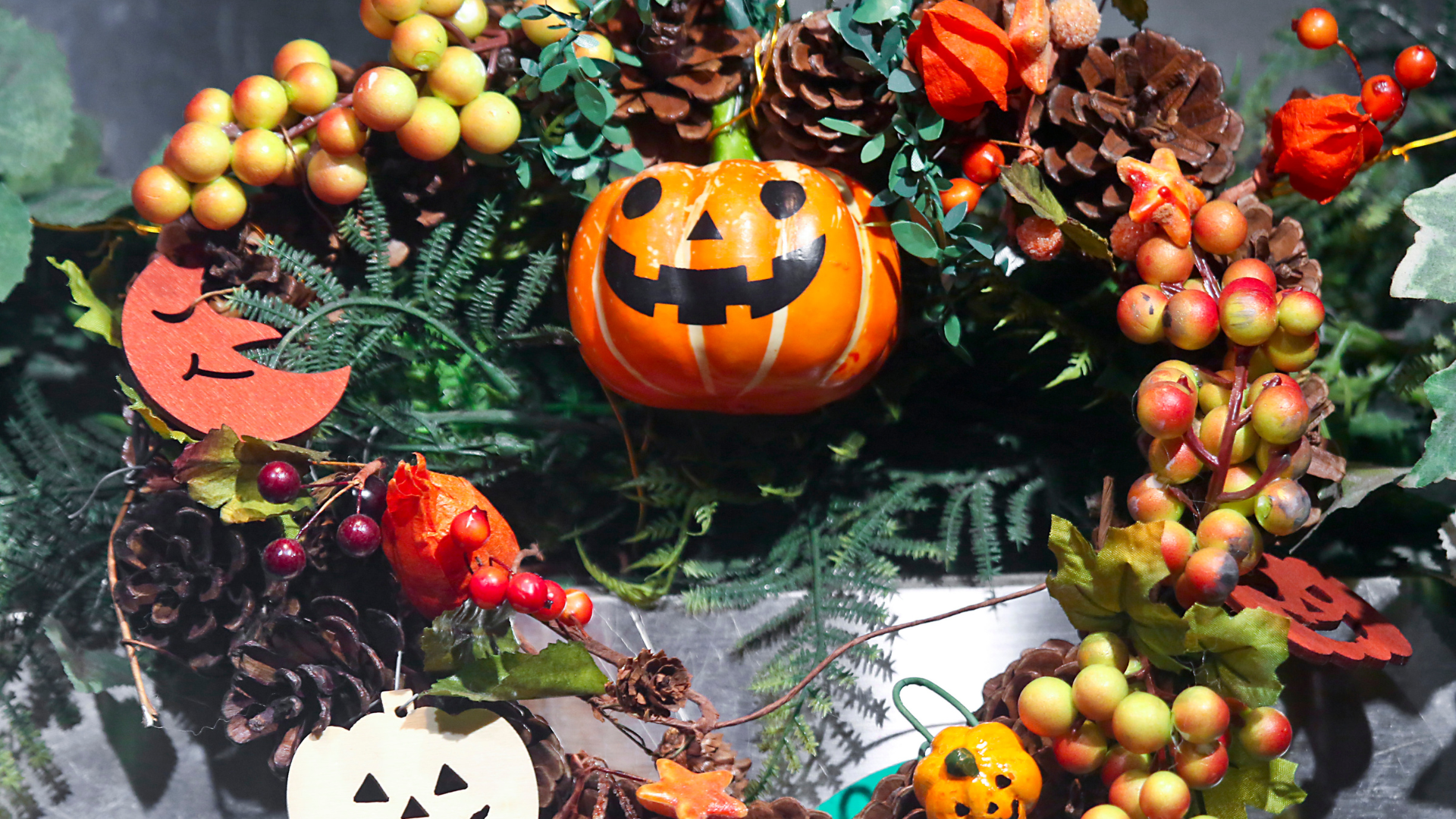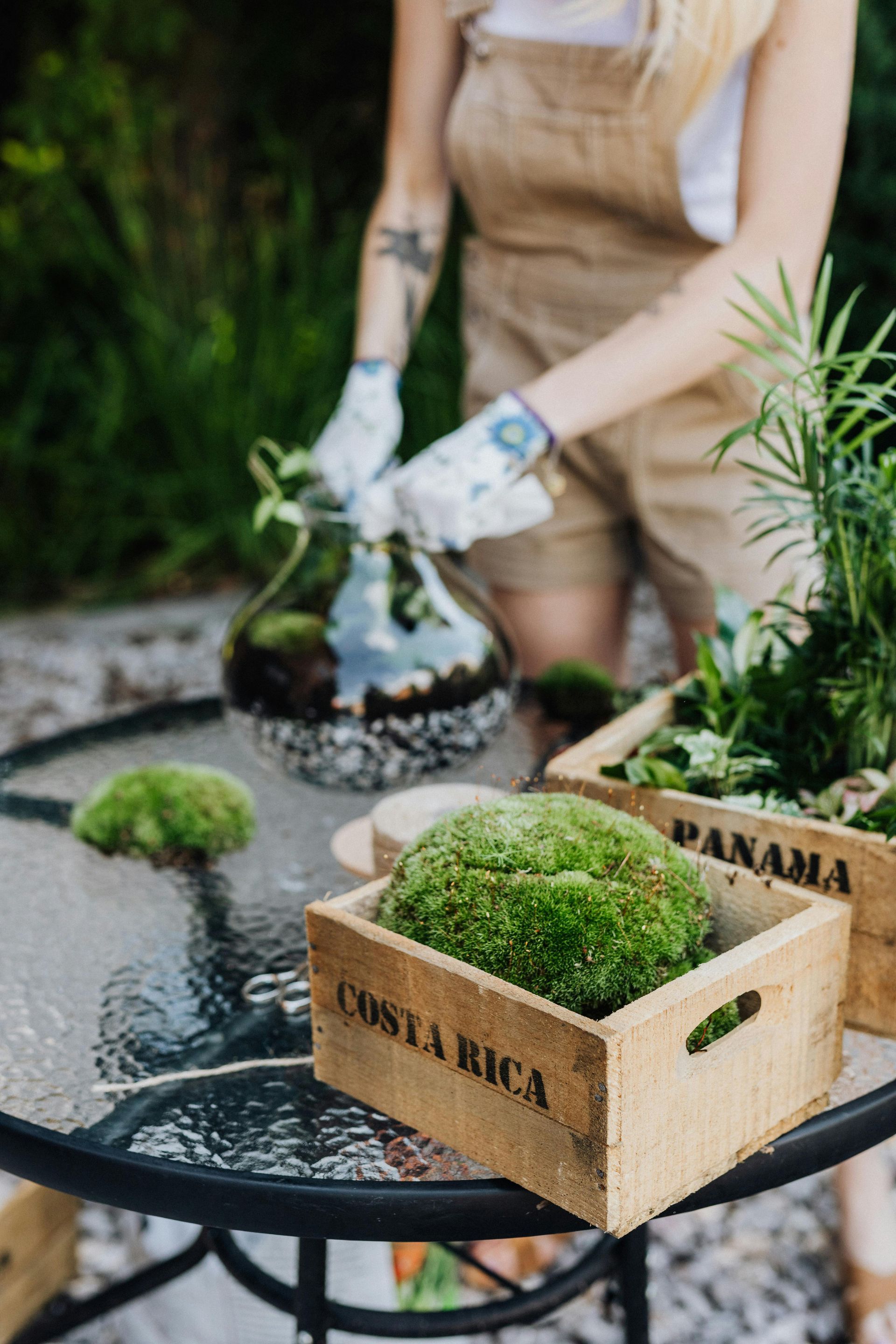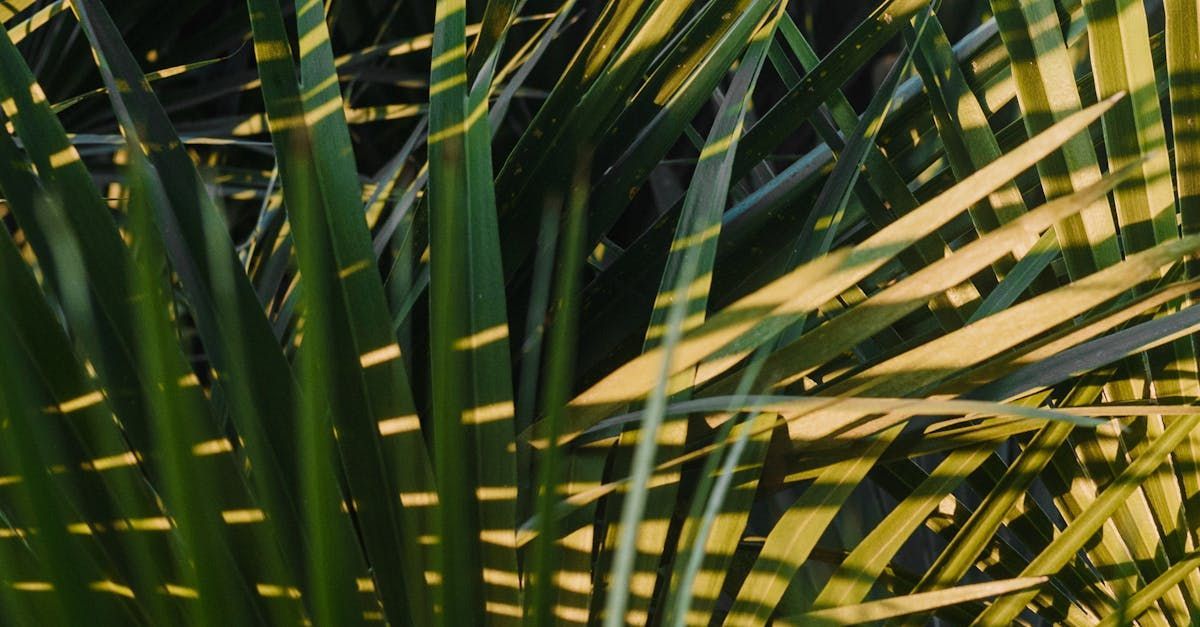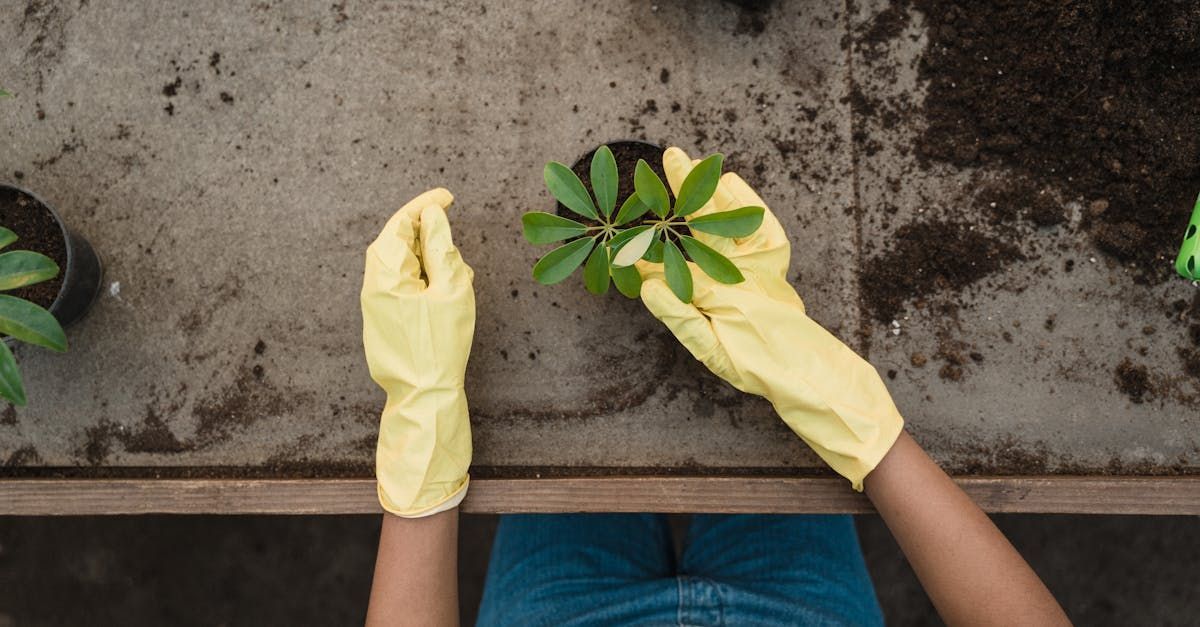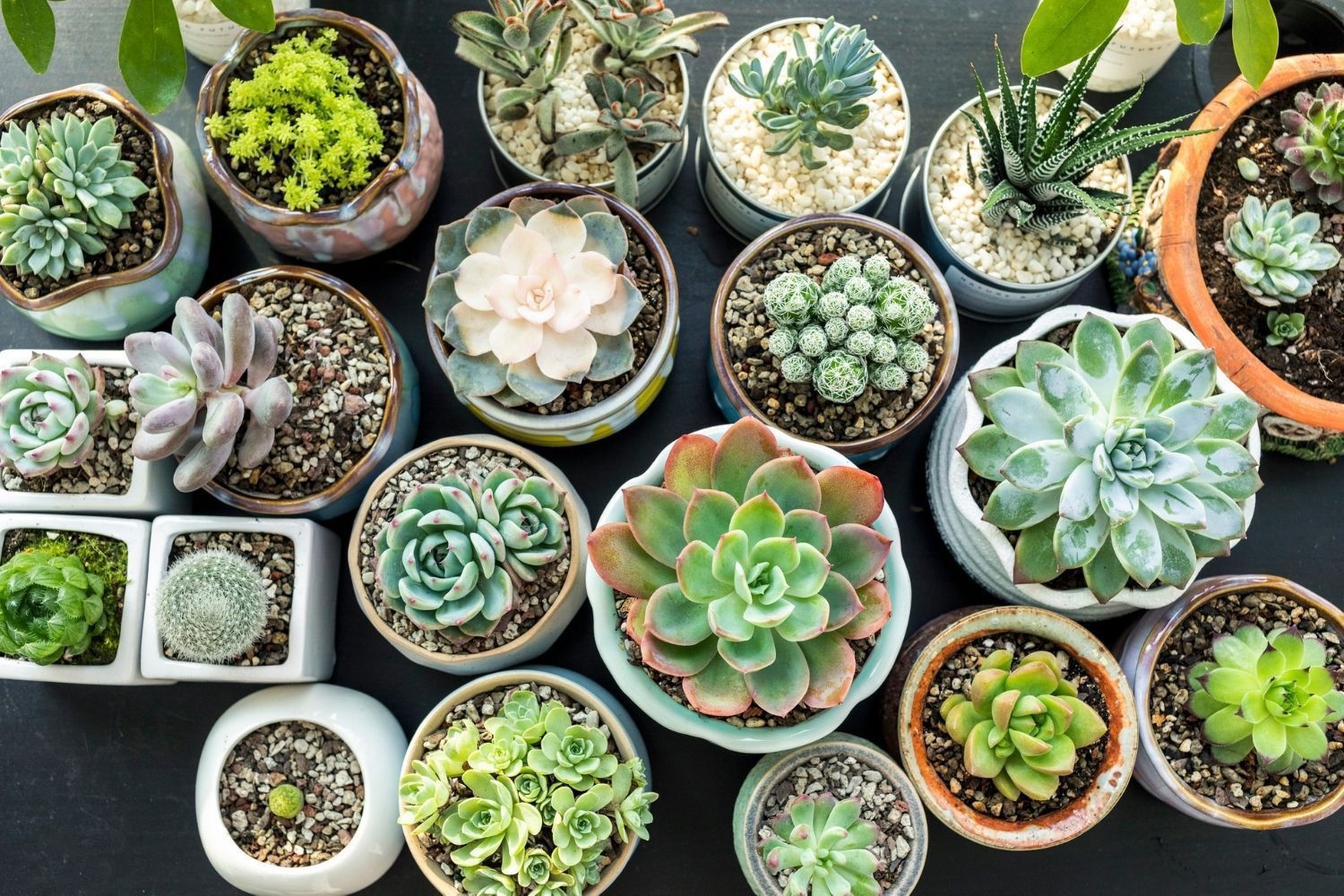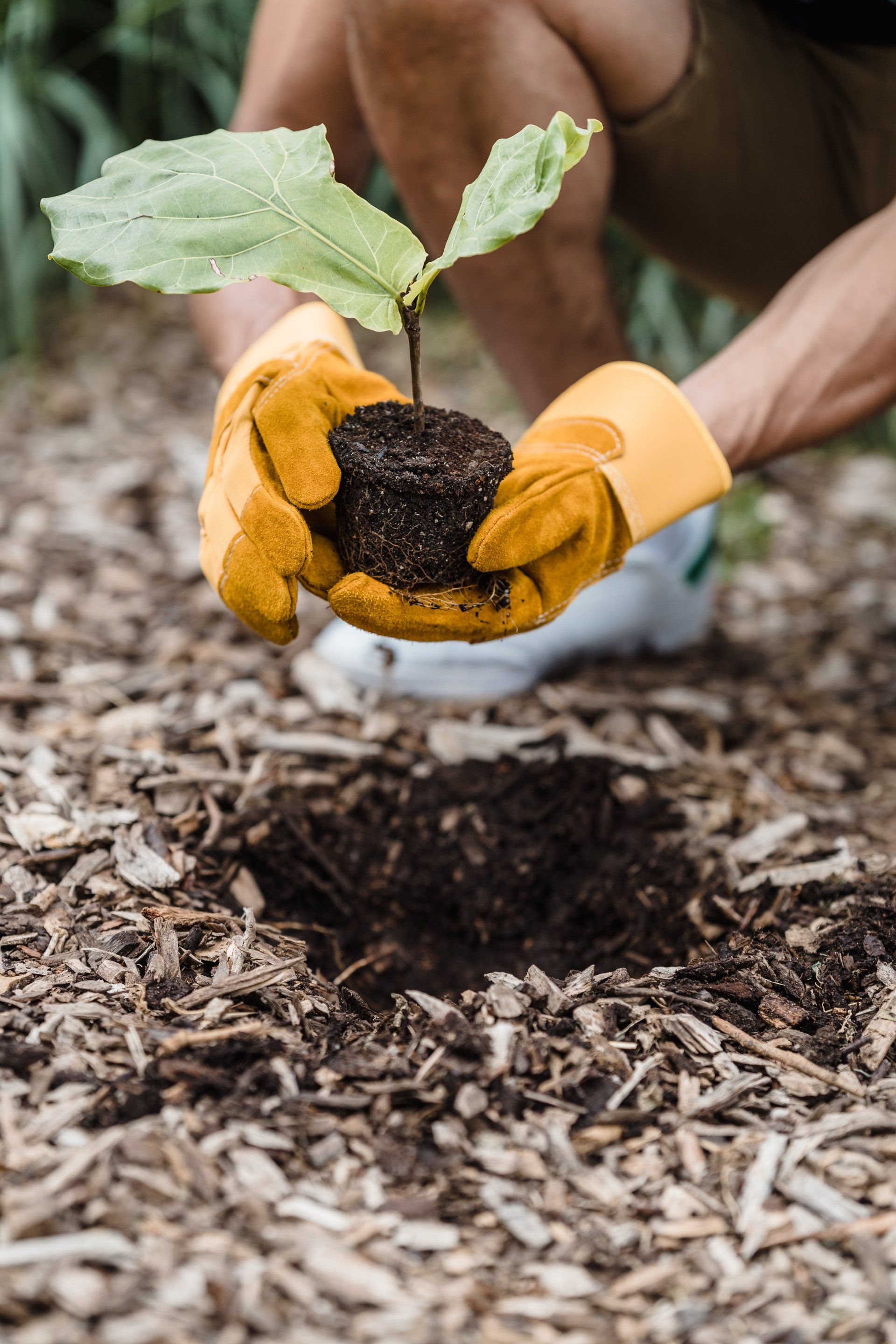How and When to Water Your Houseplants
Intro: How and When to Water Your Houseplants
In the last couple years, I have turned into a bit of a plant lady. I bought a tiny haworthia attenuata from a grocery store in 2016 and somehow kept it alive - and it thrived! And then I bought an aloe and that went well. Once I realized I might not be a serial killer of plants anymore, I bought a string of bananas in early 2017. That string of bananas is now as long as I am tall!
And then all hell broke loose and now my house is filling with plants. I've got a few pothos, some snake plants, a huge bromeliad, a dumbcane, umbrella trees, spider plants, calatheas, peperomias, aloes, parlor palms and allllllll the tiny succulents.
The major thing I discovered this time around in my houseplant adventures is that watering can be both the best thing for your plants and also the worst. In the past, I had essentially watered my plants to death OR completely abandoned them until they dried up. There was really no in between because I didn't understand It's so important to watch your plants for signs they need water instead of watering on a set schedule.
How often you water your plants will depends on their preferences, but it will also depend on a huge number of other variables. Pot size and type, temperature, humidity, light levels, season of the year: all of these things will change how often your plant needs water.
Step 1: Tools to Water Your Plants
You can get as fancy as you want with this and buy yourself allllll the watering accessories, or you can do it my way and use what you have around the house. :)
Things you'll need for watering:
Measuring cup OR watering can
Sink, bathtub, or large receptacle to catch water runoff
Appropriate water for your plants - I have a well, so I use that water for everything! If you have city water, you may want to filter it.
Soil moisture meter
Wooden skewers or chopsticks
Step 2: Checking When to Water Plants by Weight
This is the most common way I decide how to water: by picking the pots up and seeing if they're light! This weight difference may be a little tricky to discern at first, but it will become easier with time.
I typically check my plants every other day, walking around and picking up each pot and evaluating the weight. (I also take this time to rotate my plants so every side gets the same amount of light!) If a pot is light and ready for water, I take it to the kitchen sink where I water everyone assembly-line style. :D
Step 3: Checking When to Water Plants With a Moisture Meter
For beginning gardeners, I can't recommend this enough - get yourself a moisture meter! Pairing a moisture meter with other methods of checking to see if a plant is ready to water will make you an expert in no time. It'll also keep you from "loving" your plants to death by watering them too much.
A moisture meter is especially helpful for hanging plants, plants with a top dressing or plants that are too heavy too lift!
When using a moisture meter, insert the tip of the probe near the roots of the plant for the most accurate read results.
Step 4: Using a Chopstick to Check If a Plant Needs Water
This is a great low tech way to figure out if your soil is wet or dry: using a clean wooden skewer or chopstick to check!
Gently insert the skewer into the soil, pushing it down into the bottom of the pot. If the skewer is clean, your soil is dry. If the skewer comes out dirty, you'll know the soil is still moist or even wet.
(Of course, you can use your fingers too - this is just less invasive!)
Step 5: Other Ways to Tell a Plant Needs Water
Once you've had a plant for a long time, you'll be able to tell when it needs water just by looking at it.
Many plants get droopy leaves and stems when it's time for water. Some plants are more obvious about this than others!
Succulents and cacti tend to show another basic sign they need water: they'll go slightly soft and get wrinkled. Once they're given a drink they'll plump back up to their normal size.
Step 6: How to Water Your Plants the Right Way
Once you've checked to see if the plant needs watering, it's time to get down to business!
The most important part of watering is making sure you wet the soil all the way through so that the roots get fully saturated. The only sure way to do this is to use a pot with drainage holes and water until you see runoff from the bottom of the pot.
I typically like to water over my sink, but I'm using a large bowl here to catch the runoff. (I also use a bowl if I want to water a hanging plant without taking it down)
I pour water gently onto the soil until the water reaches the top edge of the pot, and then I let the water sink into the soil. I repeat this process until I see runoff. Don't worry if the runoff isn't clear - that's normal! Once runoff has started, hold the plant over your receptacle until it stops dripping.
Keep in mind that some plants react badly to water sitting on their leaves and/or stems, so be careful to water the soil more than the actual plant. ;)
Step 7: Watering From the Bottom of the Pot
Some folks swear by watering from the bottom of the pot, so I thought I'd cover this method of watering too!
This method of watering is used for delicate plants that get water damaged easily or for plants with soil that is SUPER dry. I see many folks saying they love watering their succulents and cacti this way, though I admit I'm normally too scattered to do it. :D
In order to water from the bottom, place your plant into a large bowl or plant saucer and pour water around the pot. Let it sit for up to an hour (depending on the size of the pot and how dry the soil is) and then let the plant drain as normal.
If it's your first time watering a plant this way, I recommend double checking with a moisture meter to make sure you've sufficiently wet the soil.
Step 8: Understanding Watering Succulents and Cactus
Like any other plant, how often you water a succulent or cactus will depend on the season, the size of the pot its in, the temperature, the humidity, and the light it gets. Succulents and cacti like to be watered like your typical houseplant: deeply and until runoff is achieved.
The main difference here is that succulents and cacti like to go much longer in between waterings. A good way to think about this is to consider how they live in their natural environments. Succulents and cacti thrive in rocky, sandy, and dry areas with very little rainfall, so they're used to getting one big drink every once in a while.
While I may water a pothos once a week, a succulent in a comparable size pot may only be watered every 2-3 weeks. However, I also have many tiny succulents in little pots on my windowsills. If the temperature is high and the sun is intense, I can sometimes even water them more than once a week.
In winter, you'll want to water even less often. Many cacti and succulents go dormant during the winter due to colder temperatures and shorter days. Even though they're inside, I water mine less.
In general good watering for succulents and cacti come down to one major rule: never, ever water until the soil is completely dry. They have very shallow roots and are extremely susceptible to root rot, so it is very important to let them have a dry period between waterings.
Plant & Sip Latest News


